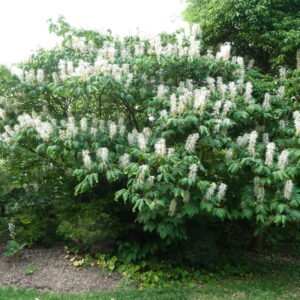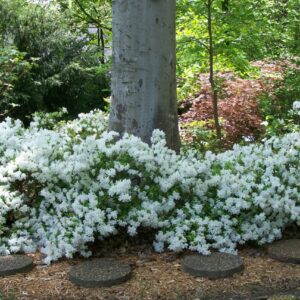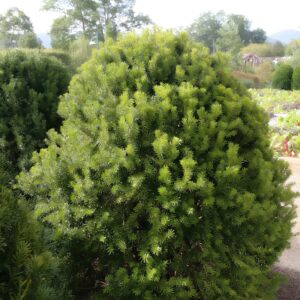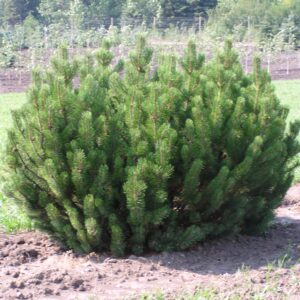Description
Common Elderberry Characteristics
Common Elderberry are large, sprawling shrubs that are commonly found along roadsides. The flowers produce elderberry fruits in late summer. Elderberry fruits are often harvested to create jam, pie fillings, and elderberry wine. The fruits often attract birds, rabbits, and deer.
Common Elderberry rarely contract life-threatening disease or pest issues. Canker, leaf spot, and powdery mildew are possible. Borers, spider mites, and aphids may be some insect visitors. It is best to provide some shelter for the thin branches as they can be damaged by high winds or heavy snow and ice.
-
USDA Climate Zone
Zones 3 - 9
-
Height
5.00 - 12.00'
-
Spread
5.00 - 12.00'
-
Bloom Time
June - July
-
Water
Medium - Wet
-
Sun
Full Sun - Part Shade
-
Maintenance
High
-
Deer Resistant?
No




